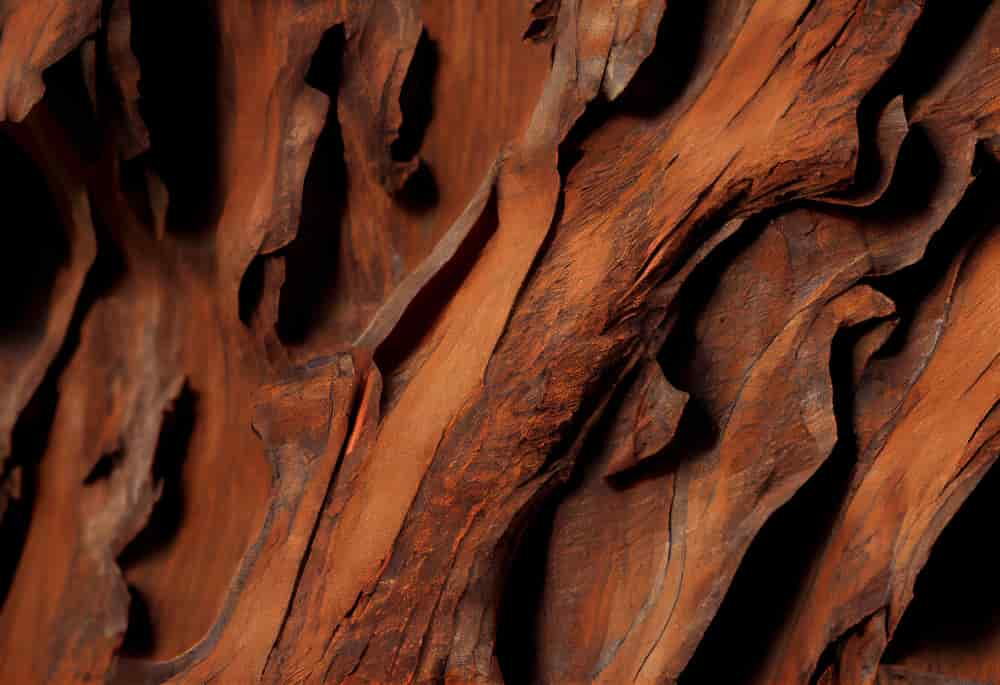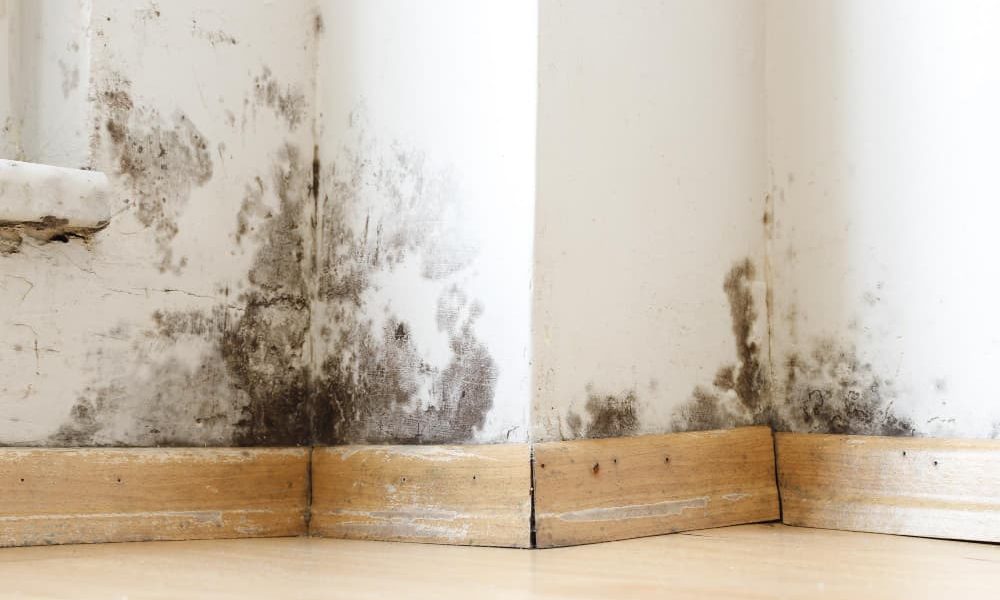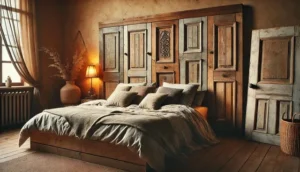
If you are interested in using walnut wood in some of your DIY projects, in this post you will discover all the useful information to get the most out of it.
Walnut wood is one of the most revered and valuable materials in the woodworking and construction industry. Renowned for its robustness, versatility and beautiful grain, walnut wood has been prized since time immemorial.
In this article, we will explore everything you need to know about walnut wood, from its origin to its use, price and alternatives.
What is walnut wood?
Walnut wood It comes from the tree known scientifically as Juglans regia. This species is part of the Juglandaceae family, which includes about 20 species of walnut trees spread throughout the world.
But it is Juglans regia, commonly known as common walnut, European walnut or Persian walnut, that provides the prized walnut wood used in fine furniture and specialized applications. Trees can grow up to 25 meters tall and live up to 200 years, offering a large quantity of high quality wood.
Origin and History
Native to the area stretching from southeastern Europe to the Himalayas and southwest China, the walnut is an ancient specieswhose wood has been valued by cabinetmakers for millennia.
Historical records show that the ancient Greeks and Romans already valued walnut wood for its beauty and strength. During the Middle Ages and the Renaissance, Walnut wood was widely used in Europe for the manufacture of high-quality furniture and panels.
In England, during the 17th century, it was the wood of choice for the manufacture of paneling and fine furniture. On the American continent, the species Juglans nigra known as black walnut, was equally valued by natives and European settlers.
Walnut Wood Production
The production of walnut wood follows a process similar to that of other noble woods. Trees are felled when they have reached adequate maturity, usually when they are at least 50 years old.
Once felled, the logs are cut into planks, which are air-dried for several months to reduce their moisture content. This drying process is crucial to prevent wood deformation and ensure its stability. The dried planks are then processed in different shapes and sizes for use, from beams and planks to thin veneers for furniture veneer.
Features and colors
Walnut wood is prized for its distinctive characteristics. Its color varies from light brown to dark chocolate, with black or darker veins providing stunning contrast.
Sometimes, walnut wood can also have purple hues, which add to its appeal. The wood is medium hard but resistant to impact and wear which makes it very suitable for the manufacture of furniture, flooring and other applications that require strength and durability.
The grain of walnut wood is generally straight, although it can be irregular or wavy, especially in older trees, giving it a unique and highly valued attraction in cabinetmaking.
Pros and cons
Advantages
Durability is one of the main advantages of walnut wood. It is known for its longevity and resistance to wear, making it ideal for furniture and floors that are used regularly. It is also resistant to rot and most types of insects that often infest other woods.
Beauty is another notable advantage of walnut wood. Its rich color palette, from light to dark brown tones, along with its distinctive grain, They make it very aesthetically attractive. This beauty is often enhanced with finishes that accentuate its grain and deepen its color.
Workability is the third advantage of walnut wood. Despite its hardness, walnut wood is relatively easy to work with hand or power tools, and responds well to gluing, nailing, and finishing. This makes it a favorite among carpenters and cabinetmakers, who value it for its versatility and ease of work.
Disadvantages
Despite its many advantages, walnut wood has some disadvantages. One of the main ones is its cost. Due to its high demand and limited supply, walnut wood is relatively expensive, especially when compared to other common hardwoods such as oak or maple.
Another disadvantage of walnut wood is its sensitivity to light. Its color can lighten with sun exposure, which can be a disadvantage in applications where you want to maintain its dark color. However, this effect can be mitigated with the use of finishes that contain UV protectors.
Use of Walnut Wood
Walnut wood has a wide range of uses. Due to its resistance and aesthetics, it is a wood of choice for high-end furniture, floor coverings and cabinets. Its stability and deep tone make it ideal for these applications, where its beauty can be fully appreciated.
In addition to furniture and flooring, walnut wood is also common in the manufacture of musical instruments, especially guitars and pianos. Its density and rigidity They make it resonate well, producing a rich, full sound that is appreciated by musicians.
In addition, walnut wood is also used in the manufacture of art objects, sculptures and kitchen utensils, like wooden bowls and spoons.
How much does it cost and where to buy it
The price of walnut wood can vary significantly depending on its quality and the country where it is purchased. In Spain, for example, the average price of a cubic meter of high-quality walnut can range between 800 and 1,200 euros, reflecting its status as a luxury wood.
Walnut wood can be purchased from a variety of places, depending on your needs and preferences. Exotic wood stores usually carry walnut, as do DIY centers and wood stores in general. Also You can find walnut wood in specialized online stores who can offer a wide variety of walnut types and qualities.
Better alternatives
Although walnut wood is exceptional, there are cheaper alternatives that can provide similar characteristics.
One of these alternatives is the cherry wood, which also has a beautiful grain and a coloration that can vary from a light pinkish brown to a dark reddish brown. Cherry wood is also known for its strength and durability, although it is less dense than walnut.
Another alternative is mahogany wood, which is known for its durability, wear resistance and attractive grain. Mahogany has a reddish color that can darken over time, and its grain can vary from straight to interlocking, making it highly prized in furniture manufacturing and cabinetmaking in general.
Conclusion
Walnut wood has maintained its status as a prized wood and revered throughout the centuries, and for good reasons. Its unique combination of beauty, durability and workability make it ideal for a variety of applications, albeit at a higher cost.
If you are looking for a cheaper alternative, there are several options available that could meet your needs. In the end, The choice of wood will depend on your personal preferences, budget and the specific project you have in mind.







